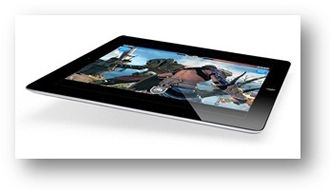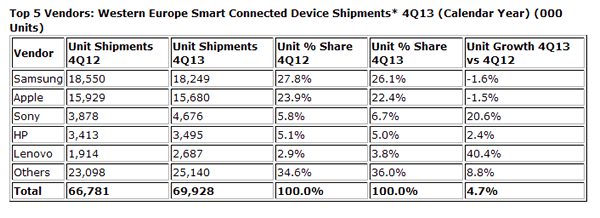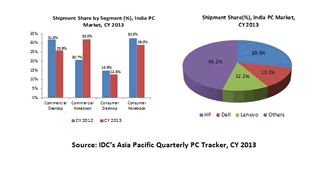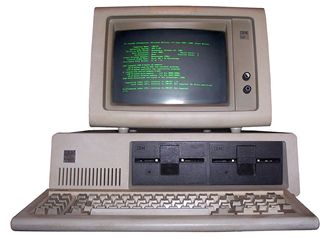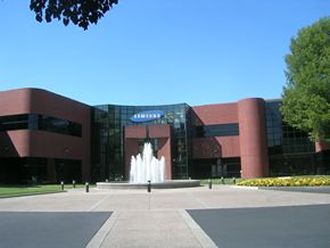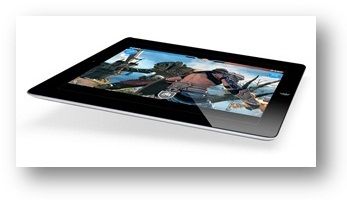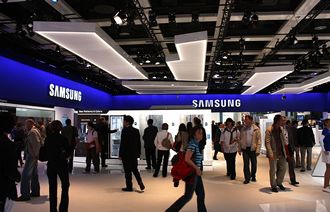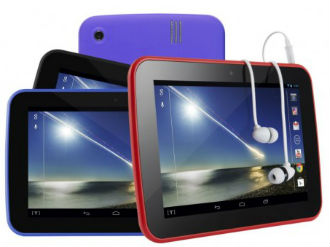 Chinese makers of tablets are adding top notch features to their offerings threatening a price war in the European and US markets.
Chinese makers of tablets are adding top notch features to their offerings threatening a price war in the European and US markets.
That’s according to Taiwanese wire Digitimes, which said that the vendors will offer LTE, ultrathin bezels and 13 megapix cameras.
And the vendors will aim to flood the European and US markets with the products, making it increasingly difficult for bog standard players to make much margin on the products, the wire adds.
The vendors are cranking up their volumes and aiming at large outlets to sell their cut price high end devices. That means that companies like Intel are unlikely to make much of a dent in these markets, despite its efforts to penetrate an already competitive market.
* In other news, Intel has finally managed to trademark the letter “i”, according to our sister publication, TechEye.

